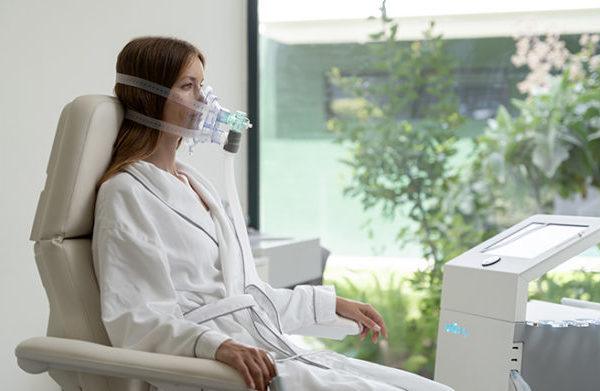
SHA Magazine Health & Beauty
Work-related stress: causes, symptoms and how to prevent it
Chronic stress has a direct impact on physical and mental performance, decreases productivity and affects overall health and well-being.
Chronic work-related stress is responsible for 30% of all sick leave in Spain. And this is hardly a surprise, because there are few environments with such a high potential for stress as the workplace. Excessive workloads, lack of motivation, stimuli or recognition, job instability and precariousness, poor time management, market hyper-competitiveness, the challenges of striking a balance between work and family life, the culture of optimisation or multitasking keep us in a constant and unhealthy state of alert. And since we spend almost a third of our adult lives working, it’s the perfect recipe for stress.
Since January 2022, the World Health Organization has recognised working too hard, or “burnout”, as an occupational phenomenon, including it as one of the main mental health problems. But not all stress is negative.
Cinthya Molina, psychologist at SHA Wellness Clinic, tells us that “stress is a natural mechanism that we need to survive: it helps us to achieve our goals and puts us on alert for any threat. In fact, studies have shown that low levels of stress boost memory, while too much stress suppresses it. The problem occurs when acute stress, which is good and necessary, becomes chronic and we don’t know how to manage it”.
When work stress becomes chronic, you might start to notice lack of concentration, scattered thinking, apathy, lack of motivation, memory loss, physical and mental fatigue, sadness and irritability. All these symptoms end up causing back pain, migraines, digestive, psychological and cardiovascular problems, sleep disturbances and even hormonal imbalances.
How we treat chronic stress at SHA
Bruno Ribeiro, head of the Cognitive and Emotional Health Unit at SHA, explains that “chronic stress is caused by different factors, which is why a multidisciplinary approach is required that integrates a neuro-healthy nutrition, a personalised physical exercise plan, sleep hygiene guidelines to make sure the patient is getting the right restorative rest every night, the practice of mindfulness disciplines and the appropriate brain training”.
Bruno highlights two non-invasive cognitive stimulation treatments developed by NASA and Harvard Medical School. “On the one hand, there is brain photobiomodulation, which consists of applying infrared light diodes with different wavelengths to specific areas of the brain. This technology accelerates cellular recovery processes, increases oxygenation of brain cells and stimulates their synthesis, increasing the body’¡s overall performance, energy levels and mood. On the other hand, we use transcranial electrical stimulation, which involves a wireless helmet equipped with 39 electrodes that emit a very low intensity current into the brain tissue to record, evaluate and modulate the brain’s electrical activity in real time. This technology improves cortical plasticity, increases cognitive performance and treats sleep problems and depression”.
If you want to learn more about stress management, Click here





